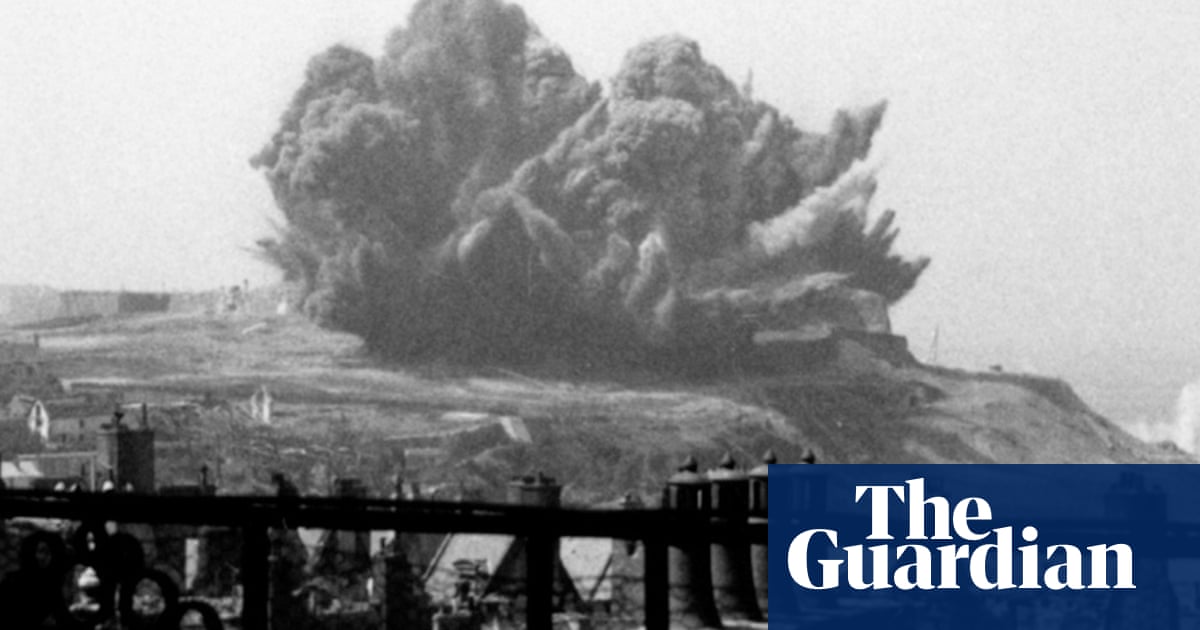The photographerLee Miller“buried” her experiences from the frontline of the second world war, where she captured the liberation of France, according to the team behind unseen images of hers that are being displayed this week.
The photographs from Miller’s time in St-Malo, France, and various sites in Germany are being shown at the 10th edition of Photo London. They depict the violent confrontations at the end of the conflict but also show more casual images of celebrating US troops.
Kerry Negahban, the head of senior rights and publishing at the Lee Miller archive, said the work also contributed to the US photographer’s depression after she returned to domestic life in Britain.
“She really buried it, which is what a lot of people did; I think the phrase was ‘put up and shut up’. She suffered with PTSD, and was very, very depressed after the war, and then she had a child, and had postnatal depression as well,” said Negahban.
“So I think she was probably as low as someone could be. She didn’t really even tell her husband much about what she’d seen and done.”
Miller’s time from the frontline covering the conflict for Vogue and Life magazine featured in the recent biopic, Lee, whichstarred Kate Winsletas the uncompromising model turned war photographer.
The unseen images show battlements and beach obstacles in France. But there are also quieter moments. In another a pair of boots are shown poking out of a jeep outside the 44th Evacuation hospital in Normandy during 1944.
There is a shot of Lt Col Kenneth Wallace of the 1st Battalion of the US army and Col John Heintges, the then commanding officer of the 7th Regiment, posing on the balcony of the Post hotel in Berchtesgaden, Germany, in 1945.
A caption that accompanies the image reveals just how close the conflict was. “The left-hand smoke plume on the mountain behind them is [Adolf] Hitler’s house burning; the right-hand smoke plume is a forest fire or something,” Miller wrote. “At the time the SS were still about.”
Miller’s presence on the frontline was not always welcomed. The fact she was a woman meant she faced sexism when trying to get embedded with the US troops, and the Americans placed her under house arrest for three days after the liberation of St-Malo because she was not supposed to be taking shots of the battle.
“That’s when she wrote her reports [for Vogue],” said Negahban. “It was actually quite useful.”
Negahban added that Miller’s “main mission was to get it out to the general public. This is what’s happening; this is how atrocious war is,” which was a message that was initially welcomed in the UK and US, but soon after the war her most brutal images of concentration camps were buried.
“The British press didn’t want to put those images in, because it was a victory, and it was felt the public had enough of seeing horrors. Whereas Lee’s point was people are still living these horrors, and you should know this … everyone should know this,” said Negahban.
Another photographer at this year’s event who explores themes of conflict is Jesse Glazzard, who along with Eugenia Skvarska, followed thelives of gay Ukrainian soldiersduring the conflict with Russia.
Often captured in their homes, the images are intimate and the antithesis of the usual reportage images of the conflict that are taken on frontlines or in the aftermath of a missile strike.
“It felt so important for it to just feel intimate and raw,” said Glazzard. “I just don’t think you see that often, usually it’s those New York Times-style images of soldiers and army personnel.”
Captured on film and then reproduced as a Riso print to imitate the look of newsprint and punk zines, the pair shot 10 queer soldiers, many of whom were children when Russia invaded Crimea.
Skvarska said the men had decided to take part in the project despite facing potential discrimination or reprisals if they were captured by Russian troops.
She said: “One of the main quotes of this project is: ‘If I will die, I will die as a gay man,’ because they found that it’s really important to tell the truth about who they are.”
Photo London is at Somerset House in London from14-18 May
